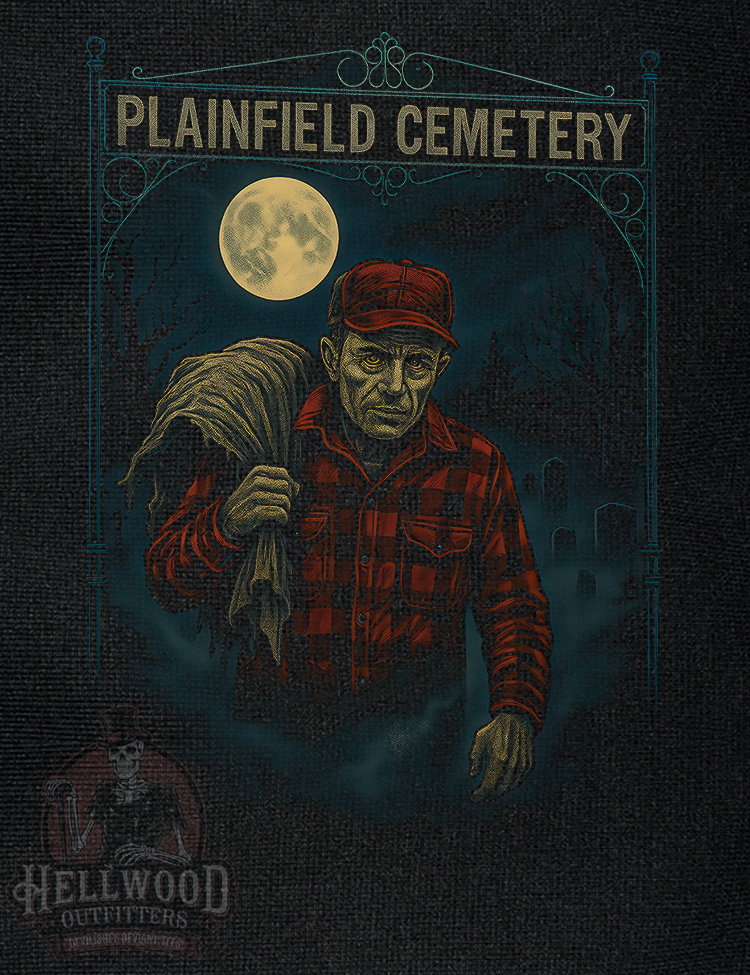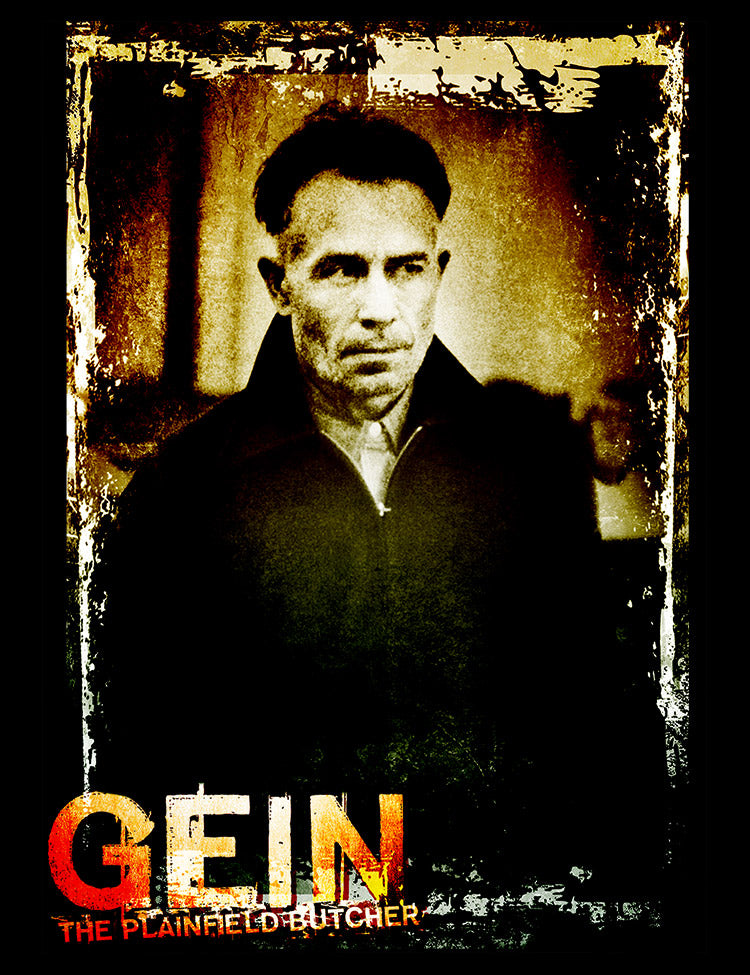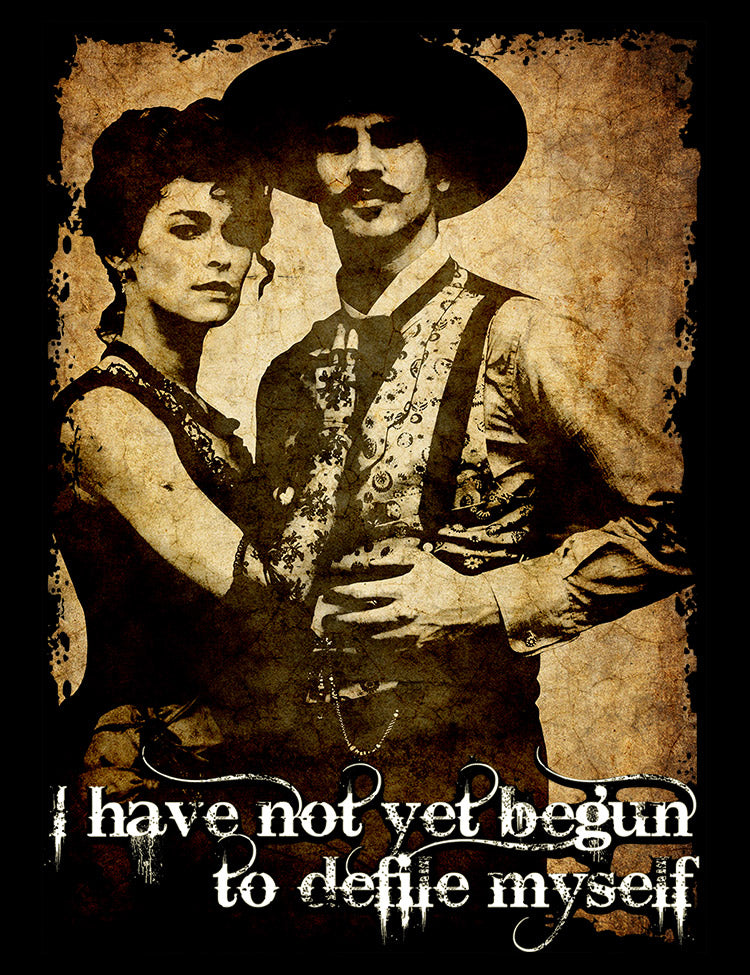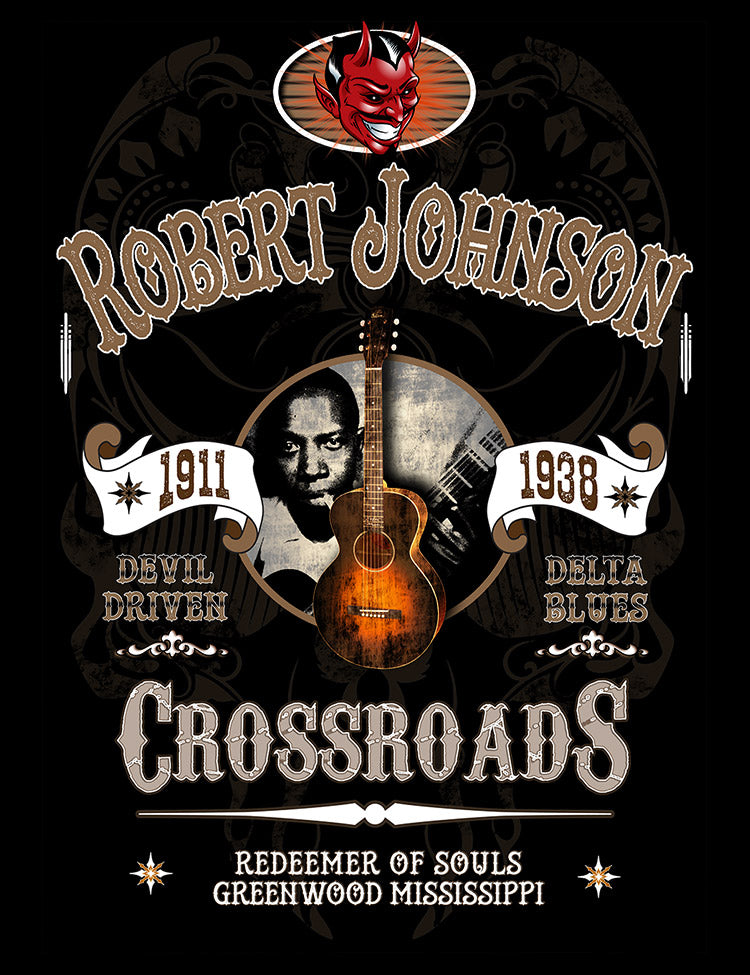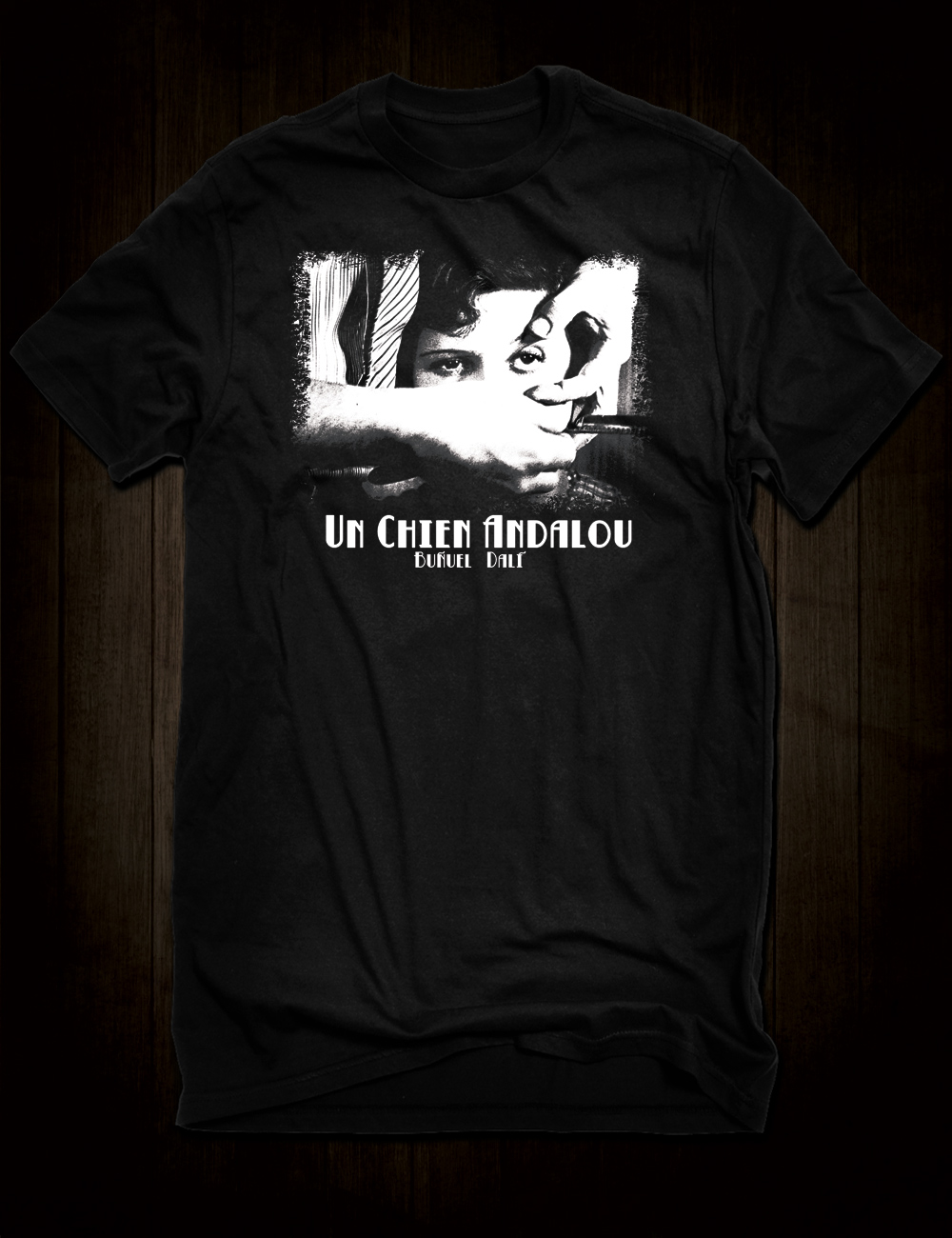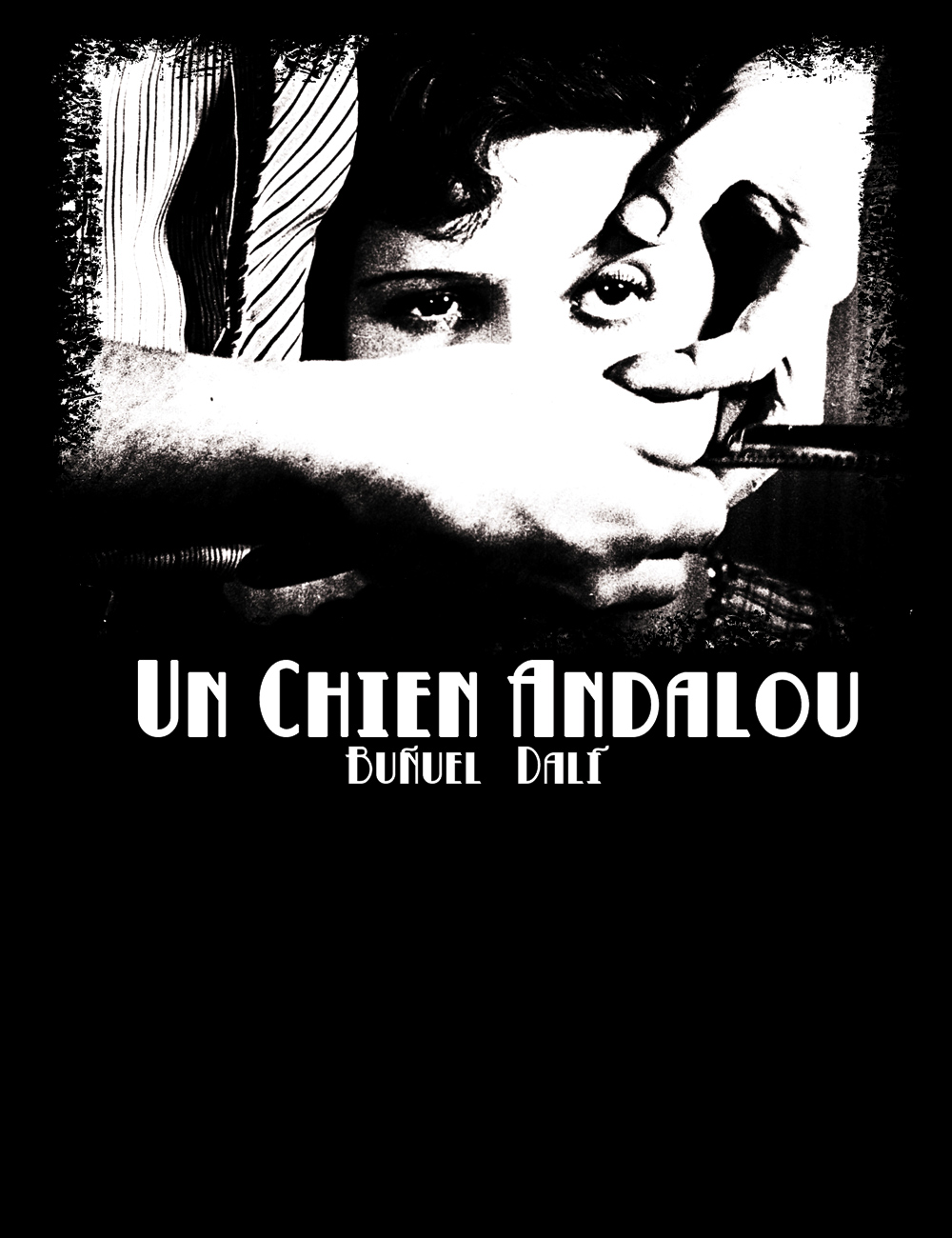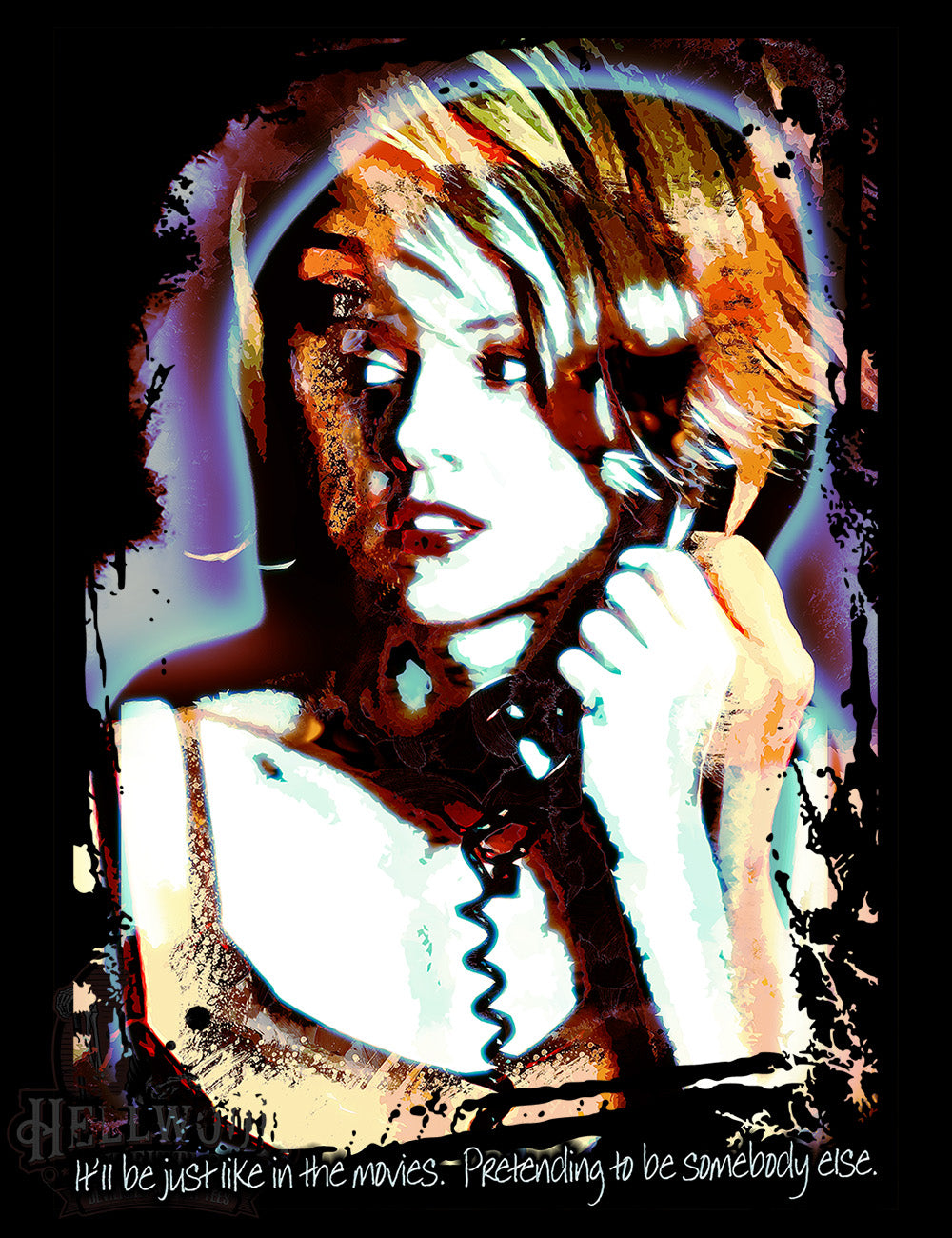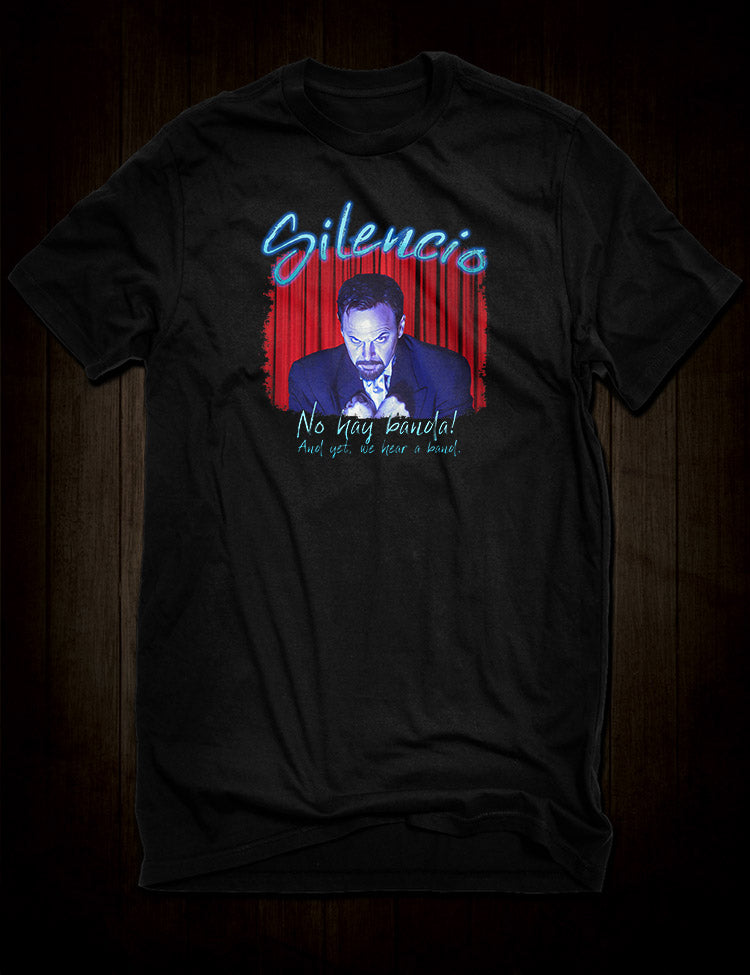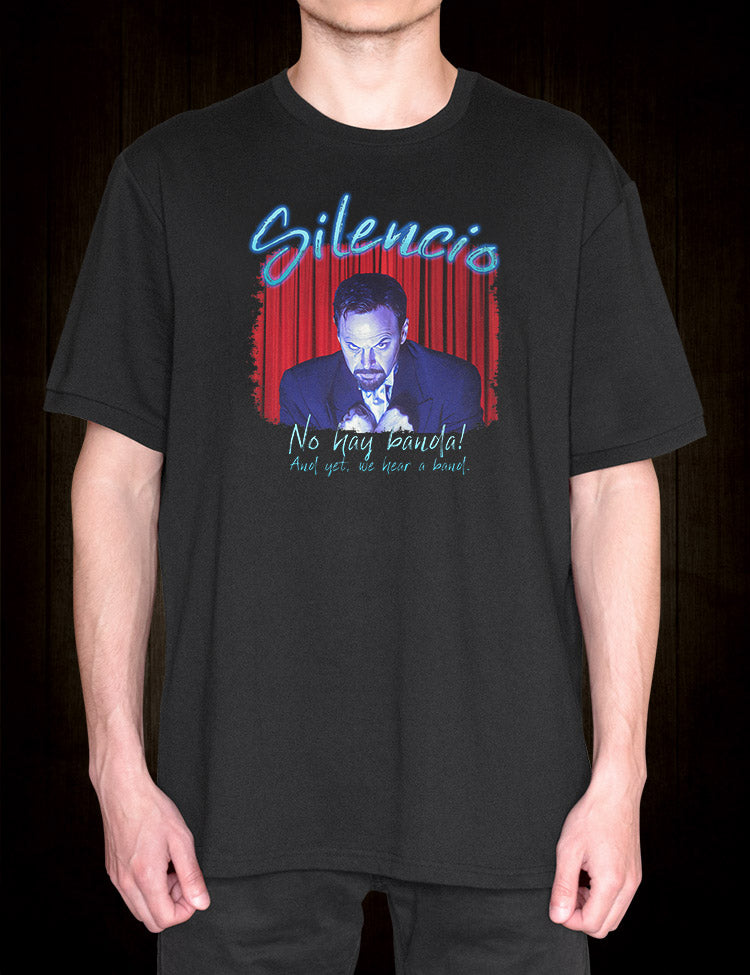
Through the Rabbit Hole: How Surrealist Cinema Redefines Reality
Are you ready to fall into a cinematic world where nothing is predictable, logic twists into beautiful nonsense, and dream and nightmare dance together? Welcome to surrealist cinema, a genre that doesn’t just tell stories — it rewires how you experience reality.
Today, we’re plunging deep Through the Rabbit Hole to explore the art of unreality in surrealist film — with detailed examples, FAQs, surprising stats, and essential insights you won’t find elsewhere.
This is your ultimate guide to embracing the bizarre.
Introduction: When Movies Stop Making Sense — and Start Meaning More
Cinema has always been a medium of illusion. But surrealist films go further — they abandon the rules of time, character, causality, even space itself, to explore the irrational, the subconscious, and the unknowable.
Emerging in the 1920s from the Surrealist Art Movement led by André Breton, surrealist cinema was born out of a rejection of logic and bourgeois morality. It was an artistic rebellion that seeped into film thanks to pioneering madmen like Luis Buñuel and Salvador Dalí.
In a world increasingly dominated by neatly packaged content and algorithm-friendly plots, surrealist cinema remains the ultimate antidote — a jagged mirror reflecting our deepest fears, desires, and absurdities.
What is Surrealist Cinema? A Definition You’ll Actually Understand
Surrealist cinema intentionally disrupts narrative conventions to explore the dream-state and subconscious mind. Instead of a clear story arc, you get:
-
Disconnected events that may not logically follow.
-
Dreamlike visuals where physics and reality break down.
-
Recurring symbolic images like eyeballs, hands, insects, and labyrinths.
-
A sense of both wonder and discomfort — often at the same time.
Main Goals:
-
Challenge conscious thought.
-
Expose hidden truths beneath everyday life.
-
Allow pure, irrational emotional responses.
As filmmaker David Lynch puts it:
“A story should have a mystery... it should not explain everything.”
Detailed Breakdowns: 5 Surrealist Films You Must Experience
1. Un Chien Andalou (1929) – Buñuel & Dalí's Cinematic Grenade
Synopsis:
In just 21 minutes, Buñuel and Dalí deliver an unrelenting attack on rationality. The film consists of disjointed scenes — a man drags pianos with dead donkeys atop them; ants crawl from a wounded hand; the moon slices across a thin cloud just before a razor slices an eyeball.
Key Surrealist Scenes:
-
Eyeball Slashing Scene: Still one of cinema’s most shocking images. It represents the destruction of traditional vision and perception.
-
Hand with Ants: Suggests decay and hidden horror within the mundane.
-
Disjointed Timelines: “Eight years later” appears without explanation, severing time’s flow.
Why It Matters:
Un Chien Andalou invented the surrealist cinematic language: pure unconscious expression, freed from narrative logic.
2. Eraserhead (1977) – David Lynch’s Nightmare Factory
Synopsis:
Henry Spencer lives in a bleak industrial wasteland. His girlfriend gives birth to a grotesque, otherworldly child. As Henry tries (and fails) to adapt, he descends into strange hallucinations involving singing women inside radiators and ominous mechanical landscapes.
Key Surrealist Scenes:
-
The Baby: Lynch refuses to explain what the creature is, letting its sheer wrongness drive the horror.
-
The Lady in the Radiator: Singing “In Heaven, everything is fine” while stepping on grotesque spermatozoa, she embodies both comfort and annihilation.
-
Ambient Industrial Soundtrack: Reality feels constantly unstable, like it’s vibrating apart.
Why It Matters:
Lynch doesn’t just use surrealism — he builds entire emotional realities with it, creating a cinema of unease that goes straight into your bones.
3. The Holy Mountain (1973) – Jodorowsky’s Psychedelic Prophecy
Synopsis:
A thief resembling Christ ascends through a city of grotesque spectacles (like weaponized mannequins and giant toads reenacting the Spanish conquest). He meets a mystical alchemist who guides him — along with seven industrialists — on a quest to conquer the titular Holy Mountain and achieve immortality.
Key Surrealist Scenes:
-
The Factory of Religious Figures: Mass production of crucifixes satirizes commercialization of faith.
-
Alchemy Ritual: The Alchemist burns the thieves’ money and turns human excrement into gold.
-
The Final Twist: The camera pulls back, revealing the film set — destroying the illusion and completing the metaphysical journey.
Why It Matters:
Jodorowsky turns surrealism into spiritual cinema — not just weirdness for its own sake, but as a path toward enlightenment (or madness).
4. Mulholland Drive (2001) – The American Dream as Nightmare
Synopsis:
An amnesiac woman and a wide-eyed aspiring actress plunge into a labyrinthine Los Angeles. As identities blur, timelines fracture, and the city’s sunny promise darkens, Mulholland Drive reveals itself as a brutal dissection of fantasy, failure, and self-delusion.
Key Surrealist Scenes:
-
Club Silencio: “No hay banda!” The reveal that everything is an illusion mirrors the shattering of Diane’s fantasy.
-
The Blue Box: A literal key to unraveling or collapsing multiple realities.
-
The Monster Behind the Diner: A terror born from seemingly nowhere, pure subconscious fear.
Why It Matters:
Lynch shows how even Hollywood’s dream factory is built on crumbling fantasies — where longing turns to self-destruction.
5. The Discreet Charm of the Bourgeoisie (1972) – Buñuel’s Satirical Carousel
Synopsis:
A group of wealthy friends repeatedly tries to sit down for dinner, only to be thwarted by increasingly absurd interruptions: a dead colonel appearing at the table, the room turning into a stage set, dreams within dreams stacking endlessly.
Key Surrealist Scenes:
-
The Endless Dinner Party: Satirizes the upper class’s hollow rituals.
-
Dream Layering: The line between dream and reality vanishes completely — even the audience can’t tell anymore.
-
Walking on the Road: The guests endlessly walking down a road, destination unknown.
Why It Matters:
Buñuel weaponizes surrealism as social criticism, using the absurd to expose the rot underneath polite society.
Why Does Surrealist Cinema Resonate Today?
In an era of hyper-reality — social media feeds curated to the pixel, reality shows scripted to the second — true unreality feels radical.
Surrealist films offer:
-
Relief from narrative predictability.
-
Exploration of emotional truths over factual ones.
-
Freedom from ideological framing.
Fun Fact:
According to a 2024 Letterboxd Survey, 72% of viewers under 30 are more open to "experimental" or "nonlinear" films compared to a decade ago.
Translation? Younger audiences are hungry for cinematic weirdness.
FAQs About Through the Rabbit Hole: Surrealist Film and the Art of Unreality
Q: Are surrealist films just confusing art for art’s sake?
A: No! True surrealist films aim to connect you to deeper emotional or philosophical truths — through confusion.
Q: How do I start watching surrealist movies without getting frustrated?
A: Treat them like dreams. Don’t try to decode every symbol immediately. Let impressions settle. Rewatching often reveals layers.
Q: Can any movie be surrealist if it's weird enough?
A: Not quite. Surrealism is about purposefully engaging unconscious logic — not just randomness.
Conclusion: Fall Willingly Into the Rabbit Hole
Surrealist cinema doesn’t just bend reality — it obliterates it, offering a deeper experience of human emotion, anxiety, longing, and wonder.
By stepping "Through the Rabbit Hole," we abandon the boring safety of structure and confront pure existence: chaotic, sublime, terrifying, and free.
If you crave movies that don’t just entertain but transform you, surrealist cinema is your undiscovered country. Don’t fear the confusion — embrace it. The best truths aren’t spoken.
They’re felt.


